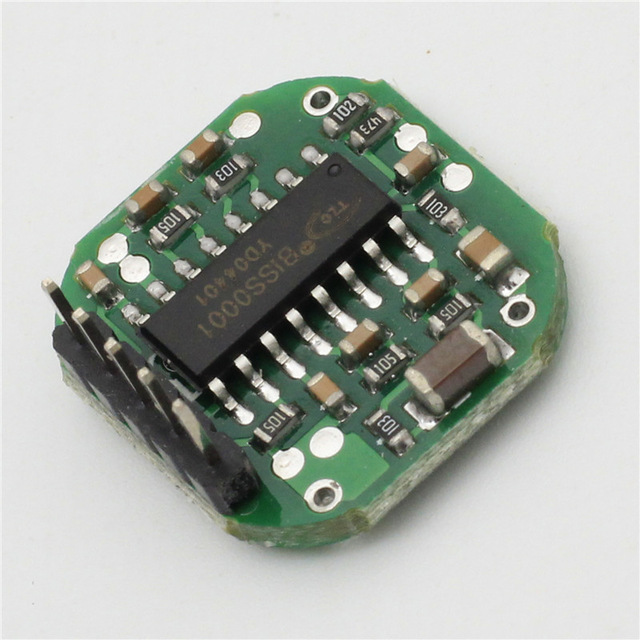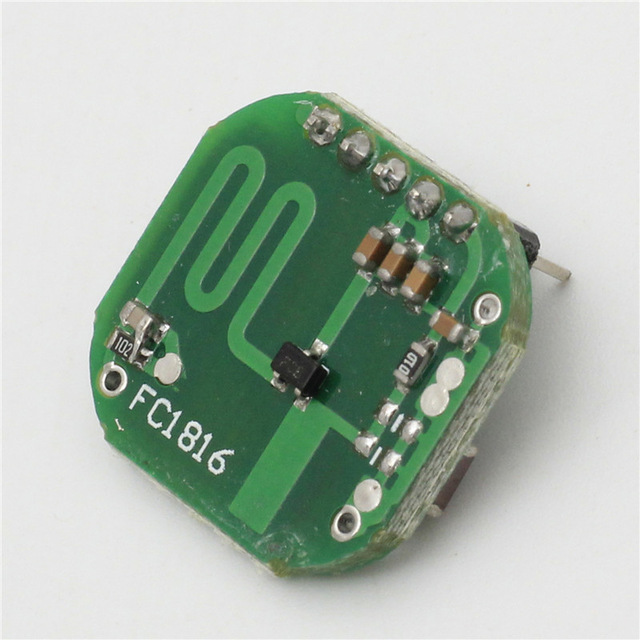Microwave Radar Module as PIR replacement.
-
Has anyone used these? They could decrease the profile size of a PIR style sensor. Also 3.3V. Thoughts?
-
I have some HB100, cheap Doppler sensor, and a board in progress for playing with this (I know I have lot of pcb in progress :laughing: ), almost designed but not checked/ordered yet as I want to do some changes on few others boards and panelize. Eagle addictions...argh!
I am planning to use this for security coupled with other things like ir barrier...not sure when this project will be finished :confused:
http://fr.aliexpress.com/item/HB100-Microwave-Doppler-Radar-Wireless-Module-Motion-Sensor-HB100-Microwave-Motion-Sensor-Motion-Detector/32279220849.html?spm=2114.06010108.3.1.LRWuwZ&ws_ab_test=searchweb201556_9,searchweb201602_1_10017_10005_10006_10034_10021_507_10022_10020_10018_10019,searchweb201603_8&btsid=7bd4e1d3-a68e-4541-86a3-1df56d9f5d14
Your link seems interesting, I will order one, too tempting in my sensors collection :)
but that is not really comparable to pir...in terms of power consumption! And like pir, it's sensitive to power supply (for hb100, I don't know for the module you pointed). -
I have some HB100, cheap Doppler sensor, and a board in progress for playing with this (I know I have lot of pcb in progress :laughing: ), almost designed but not checked/ordered yet as I want to do some changes on few others boards and panelize. Eagle addictions...argh!
I am planning to use this for security coupled with other things like ir barrier...not sure when this project will be finished :confused:
http://fr.aliexpress.com/item/HB100-Microwave-Doppler-Radar-Wireless-Module-Motion-Sensor-HB100-Microwave-Motion-Sensor-Motion-Detector/32279220849.html?spm=2114.06010108.3.1.LRWuwZ&ws_ab_test=searchweb201556_9,searchweb201602_1_10017_10005_10006_10034_10021_507_10022_10020_10018_10019,searchweb201603_8&btsid=7bd4e1d3-a68e-4541-86a3-1df56d9f5d14
Your link seems interesting, I will order one, too tempting in my sensors collection :)
but that is not really comparable to pir...in terms of power consumption! And like pir, it's sensitive to power supply (for hb100, I don't know for the module you pointed). -
That's may change a lot of things, in term of power consumption, enclosure, sensor position in the room.
Will order one right now.Thanks for the find.
-
@Yveaux yep maybe I don't know, I have not checked this! where do you see this just for curiosity...
-
@Yveaux ahah excellent another module! do you have one of these ?
On all specs they all claims few mA, not sure if it's the best idea on batt..I was thinking to use these things on AC. but that will need tests on power supply.
HB100 I have are shielded..don't know which module is best. I was inspired from this
http://www.limpkin.fr/index.php?post/2013/08/09/Making-the-electronics-for-a-%247-USD-doppler-motion-sensorEdit: the link you pointed, wow the module seems very small!
-
@Yveaux ahah excellent another module! do you have one of these ?
On all specs they all claims few mA, not sure if it's the best idea on batt..I was thinking to use these things on AC. but that will need tests on power supply.
HB100 I have are shielded..don't know which module is best. I was inspired from this
http://www.limpkin.fr/index.php?post/2013/08/09/Making-the-electronics-for-a-%247-USD-doppler-motion-sensorEdit: the link you pointed, wow the module seems very small!
-
Looks like an interesting module. Since these are advertised as working in the 5.8 GHz band, it would be interesting to see exactly where in the band they are and if they cause interference for WiFi channels.
Cheers
Al -
I was inspired by this topic and bought some cheap modules from ebay:
http://www.ebay.com/itm/5-8GHZ-Microwave-Radar-Sensor-6-9M-Smart-Switch-for-Home-Control-/401082379029?hash=item5d625f6b15:g:4BMAAOSwxp9W2SerDoes anyone know how to hook them up? Was anyone able to make them work? The chinese seller is not really helpful in providing some more details.
I really like the idea of having a motion sensor behind a wall (read: out of sight), even if it means powering it from a wall socket. -
@danta lol - I too was inspired by this thread and bought a couple of modules which arrived last week. Mine are identical to those in your first ebay link.
I've not tried to use them yet, but I think you use them identical to a PIR. ie VCC, GND and Signal.
As @Yveaux mentioned... these use the same IC as the PIR's, but these do seem to lack the ability to tune the sensitivity and timeouts like the PIR's have.
So in short... try to use them as you would a PIR.
-
There are units that are fitted into light fittings that are being used as fall detectors; a PIR knows someone is in the room but something measuring the height of the person moving around that suddenly notices an increase in the distance can trigger an alarm. An increase in distance can mean that the person is now on the floor and no longer vertical. Something like this could be used maybe?
-
I have this one, but did not have time to test it yet 2-16M : Gravity: Digital Microwave Sensor (Motion Detection)
http://www.dfrobot.com/index.php?route=product/product&product_id=1403#.VzNKlfndWnk
-
I started playing with the first module listed in my previous post:
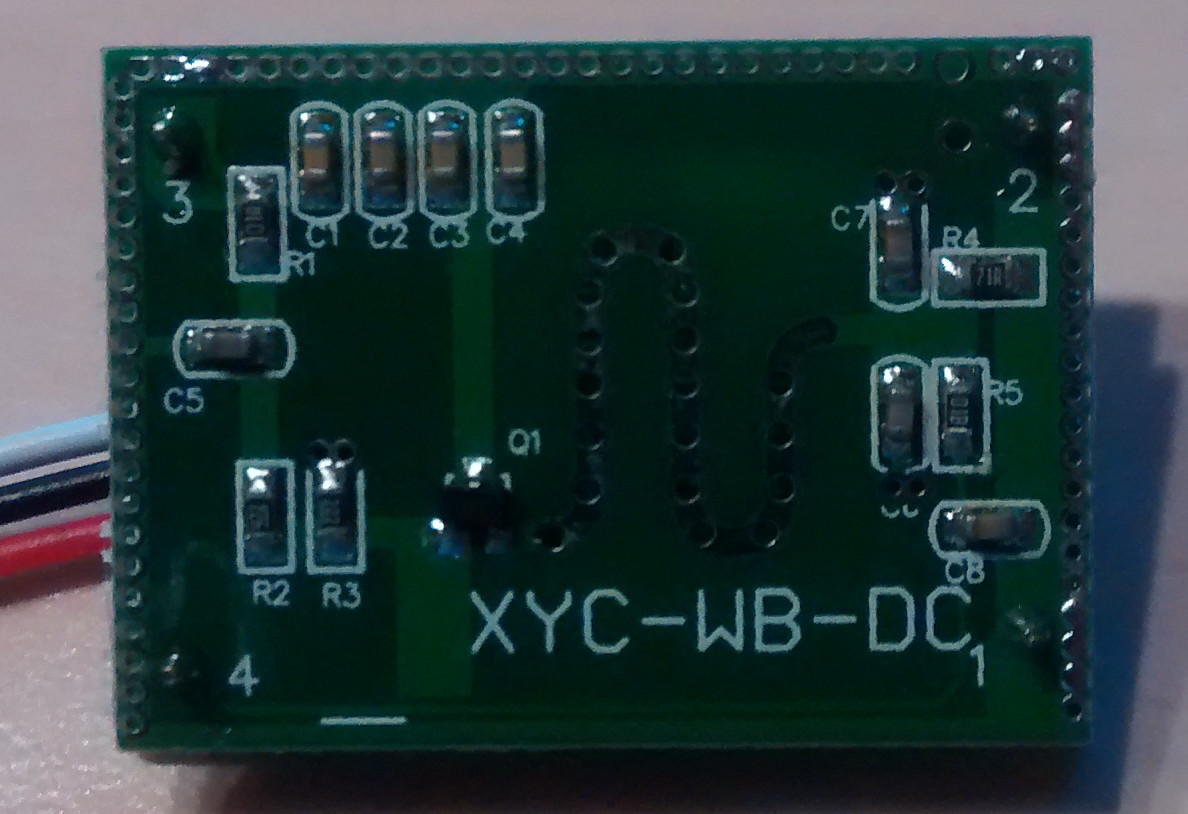
The module is really as easy to connect as a normal pir sensor. There are small text on the pcb. The top most connection (indicated with a 'o') is the sensor output (3,3v for a high and 0v for a low). The middle connection is ground and the bottom connection is Vcc (3,3 to 20v according to the ebay listing).
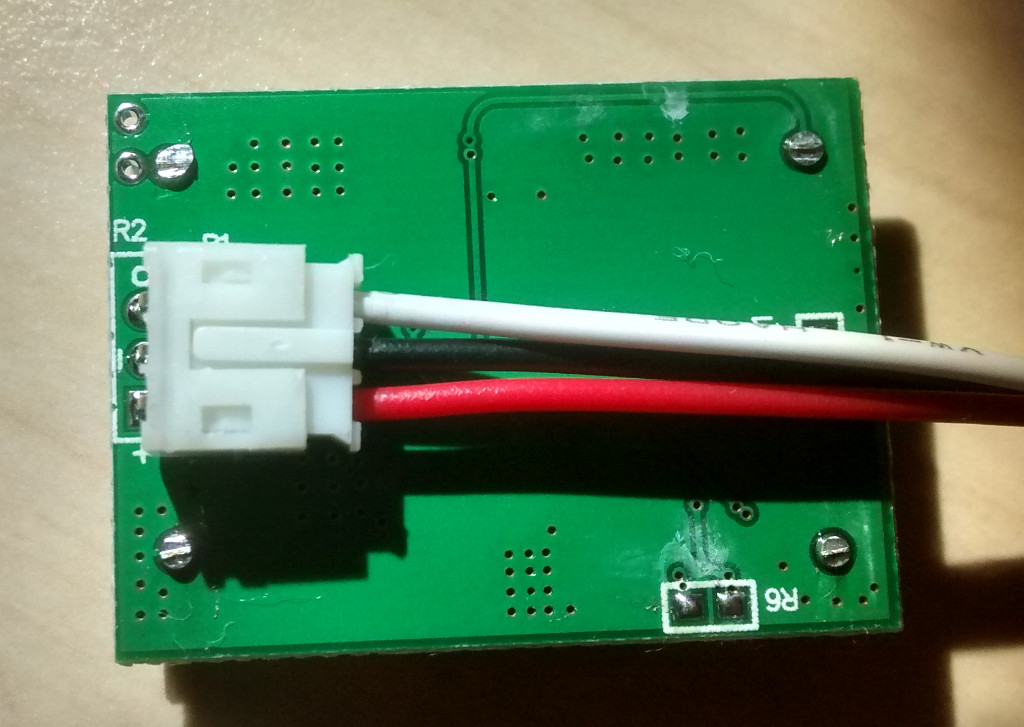
My setup was really simple, just a chinduino powered via usb. The sensor connected to +5v, ground and the output to analog pin A0 (I could have used a digital pin).
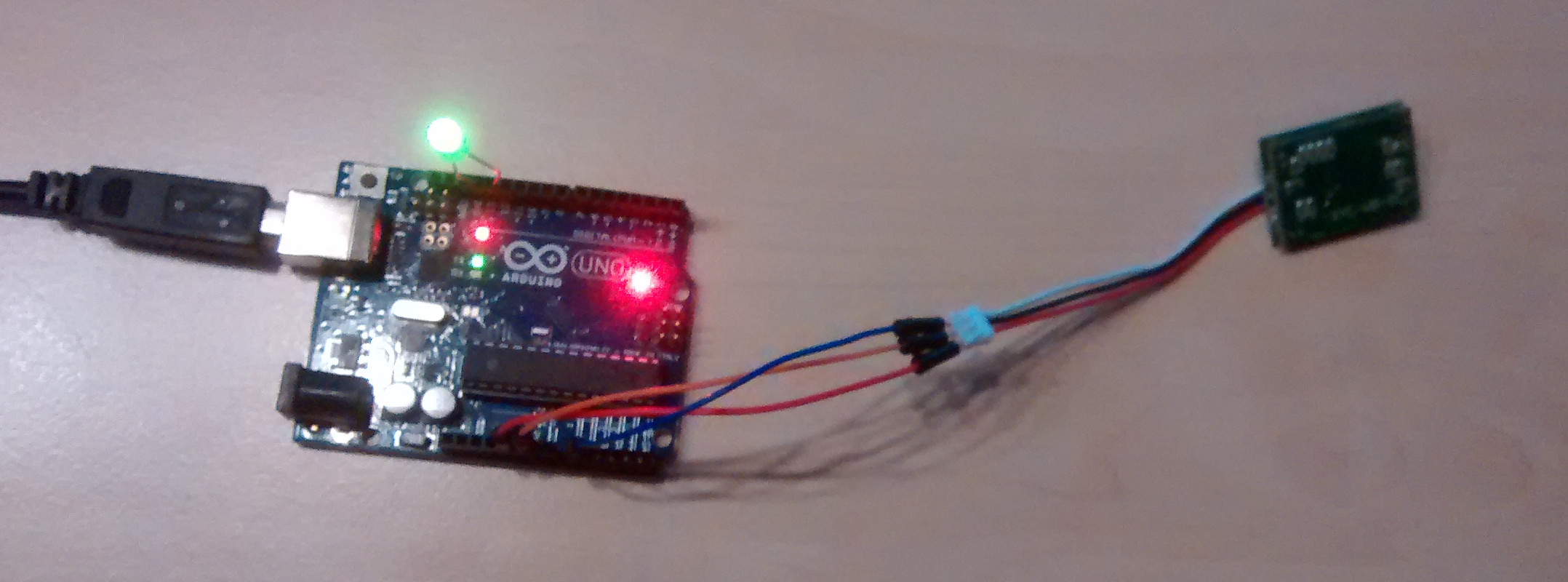
The first results are really promising. Some characteristics:
- The sensor is omnidirectional.
- Output is high (3,3V) for 30s when movement is detected
- New movement will restart the 30s timer
- 'low' power consumption. Triggered: 1.5mA; Idle: 1.4mA (measured @5v using a normal multimeter)
- The sensor doesn't react to temperature/light fluctuations (unlike most pir sensors)
Some range tests that triggered the output (note that this is probably not the maximum distance, just the stuff I tested):
- 0-4 meter distance (clear line of sight), moving my arm
- 5-8 meter distance (clear line of sight), walking around
- walking around at 5 meter distance with an indoor brick wall between me and the sensor
Stuff that I still need to test:
- Can the sensitivity be tweaked
- How to change the trigger timer to something else than 30s
- Duration test to see if the module is prone to false positives
-
@danta, this device can detect you when you are in another room ?
@drock1985,
detection delay can be adjusted from 1 second to hundreds of second (two minutes max) by adjusting R6 resistor on the board as explained on this Taobao page (Chinese). By default there’s no resistor and the delay is 30 seconds, and you can adjust the delay by using 1K to 250K resistor. -
@drock1985, Didn't test it yet. I was playing with the other module I bought. Too bad that the other module only seems to work stable from 6V and up (I should have known it, as it was listed on ebay as 7-12v). I was just hoping that it would work at lower voltages. So I will probably stick with the first module for now.
@vil1driver, Yes, detection works through wall and door. I only tested it at a distance of about 5 meter with a brick indoor wall between me and the sensor. I also had to walk around before the sensor picked me up (just lifting my arm wasn't enough).

